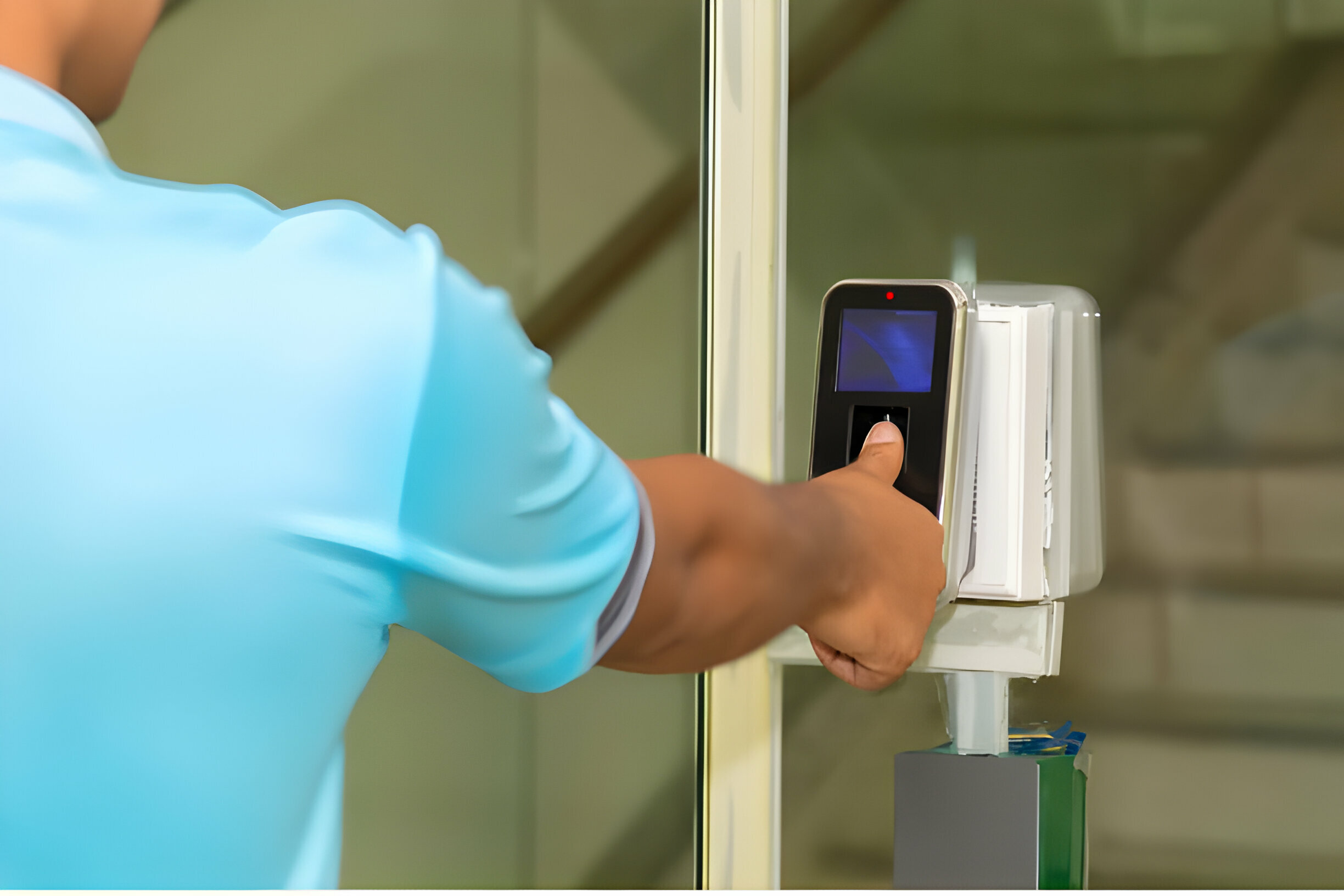In the quest for operational efficiency, attendance management stands as a crucial pillar for organizations of all sizes. Traditional methods such as manual tracking or swipe cards often prove inadequate in terms of accuracy and security. Enter biometric attendance systems, offering a reliable solution by harnessing unique biological traits like fingerprints, facial recognition, or iris scans. However, deploying biometric systems necessitates strategic planning and careful consideration of various factors to ensure seamless integration and acceptance. In this blog post, we’ll delve into the best practices and key considerations for implementing biometric attendance systems in your organization.
1. Assess Organizational Needs:
Before implementing a biometric attendance system, assess your organization’s specific requirements. Consider factors such as the number of employees, the nature of your business operations, and any regulatory compliance requirements.
2. Choose the Right Biometric Technology:
Biometric attendance systems utilize different biometric modalities such as fingerprints, facial recognition, or iris scans. Evaluate the pros and cons of each technology based on factors such as accuracy, ease of use, and scalability. Additionally, consider the environmental conditions of your workplace (e.g., outdoor vs. indoor) as certain biometric modalities may perform better in specific environments.
3. Provide Employee Education and Training:
Employees may have concerns about the privacy implications of biometric attendance systems. Provide comprehensive education and training sessions to address their concerns and demonstrate the benefits of the system in terms of accuracy and efficiency. Clearly communicate the purpose of collecting biometric data and reassure employees about data security measures in place.
4. Test and Pilot Phase:
Before fully deploying the biometric attendance system across the organization, conduct a pilot phase to test its functionality and reliability. Solicit feedback from employees and administrators to identify any issues or areas for improvement. Use the pilot phase to fine-tune the system and address any technical or operational challenges.
5. Integration with HR Software:
Integration with your existing HR software is essential for seamless attendance management and payroll processing. Ensure that the biometric attendance system can integrate smoothly with your HRIS (Human Resource Information System) or payroll software to automate data synchronization and reporting processes.
6. Establish Clear Policies and Procedures:
Develop clear policies and procedures governing the use of the biometric attendance system. Define guidelines for enrollment, usage, data access, and dispute resolution. Communicate these policies to employees and ensure they understand their rights and responsibilities regarding biometric data usage.
7. Monitor and Maintain the System:
Regularly monitor the performance of the biometric attendance system and address any issues promptly. Implement regular maintenance schedules to ensure optimal functionality and accuracy. Stay updated on advancements in biometric technology and consider upgrades or enhancements as needed.
8. Consider Scalability:
Evaluate the scalability of the biometric attendance system to accommodate future growth in the number of employees or locations. Choose a solution that can easily scale up or down based on your organization’s evolving needs without compromising performance or security.
9. Backup and Redundancy:
Implement backup and redundancy measures to ensure continuous operation of the biometric attendance system. Have backup power sources in place to prevent disruptions due to power outages, and consider redundancy in biometric scanners to mitigate the risk of system failures.
10. Accessibility for All Employees:
Ensure that the biometric attendance system is accessible to all employees, including those with disabilities or special needs. Choose biometric modalities that are inclusive and considerate of diverse user demographics, providing alternative methods for authentication if necessary.
11. Employee Feedback Mechanisms:
Encourage feedback from employees regarding their experience with the biometric attendance system and address any concerns or issues raised promptly. Create channels for employees to provide feedback anonymously if they prefer, fostering a culture of transparency and responsiveness.
12. Continuous Training and Support:
Provide ongoing training and support for employees and administrators on how to use the biometric attendance system effectively. Offer resources such as user manuals, tutorials, and helpdesk support to ensure that users feel confident and empowered in utilizing the system.
Conclusion:
Implementing biometric attendance systems requires meticulous planning and adherence to best practices to ensure seamless integration and acceptance within organizations. By assessing specific organizational needs, choosing the appropriate biometric technology, and providing comprehensive employee education and training, businesses can navigate the transition effectively.
Integration with existing HR software, establishment of clear policies, and continuous monitoring and maintenance are crucial for maximizing the benefits of these systems while safeguarding data security and privacy. Moreover, considerations such as scalability, accessibility, and fostering employee feedback mechanisms contribute to a holistic approach towards successful implementation. By prioritizing these factors, organizations can leverage biometric attendance systems to enhance operational efficiency, accuracy, and compliance, ultimately driving forward progress in attendance management.








